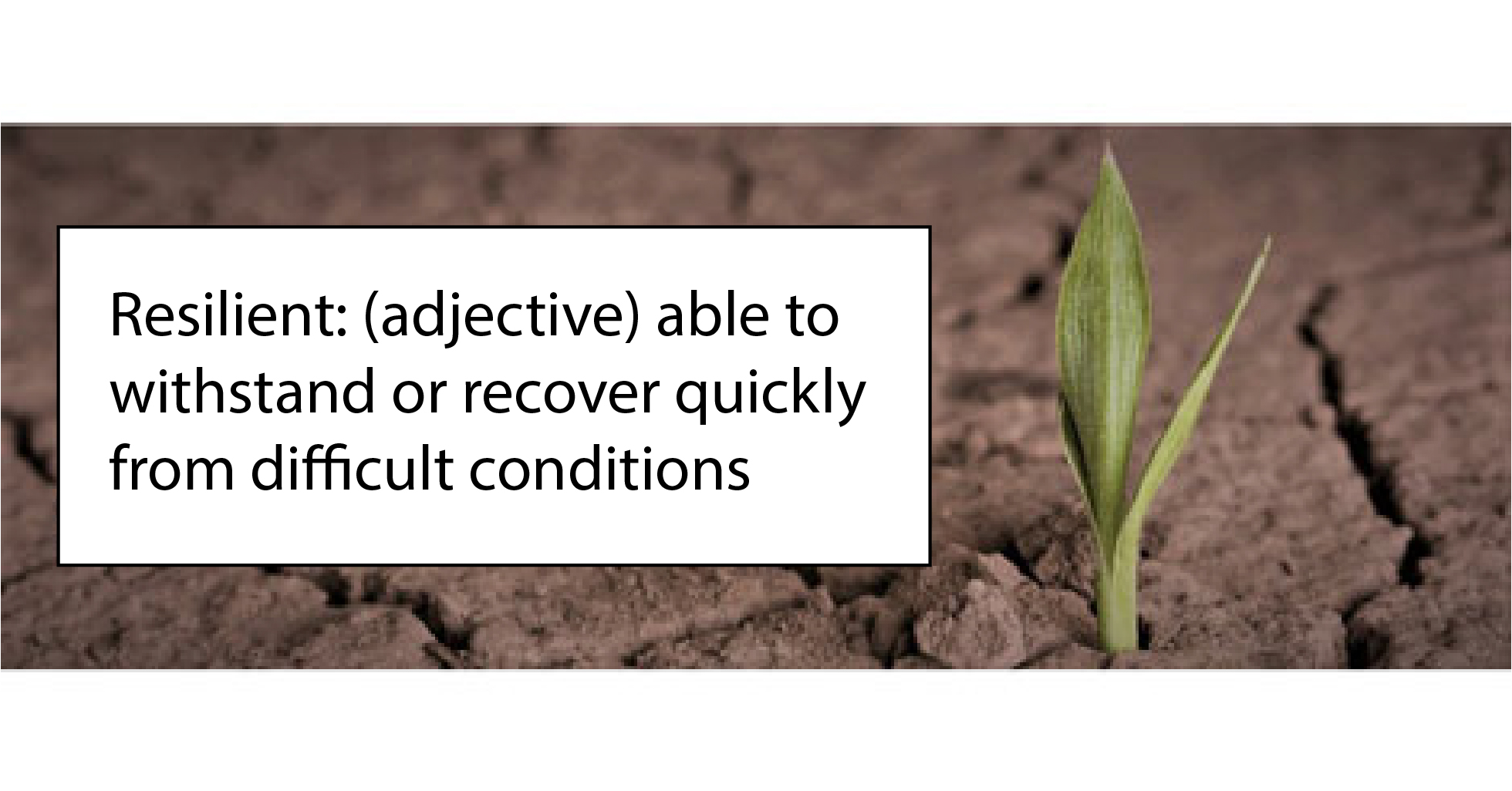News
President Porterfield Interviewed by Rochester Business Journal
President Deana L. Porterfield was recently interviewed by the RBJ for this week's Higher Education Special Report on the topic of institutional resilience.
“Resiliency is more than personal resiliency…It’s about elevating, lifting up and influencing the community so that all people can flourish.”
The Hope of Something Greater Prevailed
At Roberts Wesleyan University, “Institutional resiliency has come through 157 years of history,” said Dr. Deana L. Porterfield, who is the 11th President of the institution that was the first educational establishment affiliated with the Free Methodists in the United States. “Our history has shown us lots of crisis situations, including times of economic downturn, a fire, and even a tornado.”
When the crisis of the COVID-19 pandemic began Porterfield, who has served the university and its seminary as president since 2014, started keeping a journal. Every day, for quite some time, she’d write down a new mandate imposed by the state.
“It felt hopeless at first when everything stopped,” Porterfield said. “But the hope of something greater prevailed: A courageous optimism which is part of the DNA of this campus.”
Students, faculty, staff, and alumni of the university rose to the occasion she said, not just for themselves but for the greater Rochester community.
“Resiliency is more than personal resiliency,” she said. “It’s about elevating, lifting up and influencing the community so that all people can flourish.”
A tangible example of the school’s resilience for the benefit of the community is its $13.9 million Golisano Community Engagement Center that opened in January 2023. The 26,167-square-foot building provides a centralized space for both students and the community to gather and interact.
Roberts Wesleyan announced plans for the facility in 2019, following a $7.5 million naming gift from community philanthropist and entrepreneur Tom Golisano. The remaining capital to support the completion of the building was funded by major donors, partners, and alumni through the university’s $15 million Connect the Community campaign.
Due to the pandemic, the school didn’t break ground on the project until 2021 — about a year later than originally planned. “The vision of that building was some of the motivation that moved us forward,” Porterfield said.

